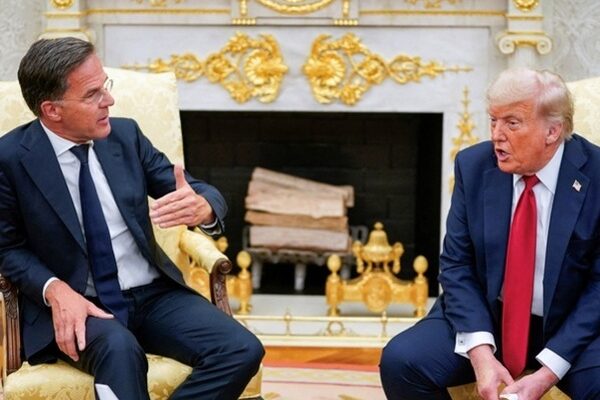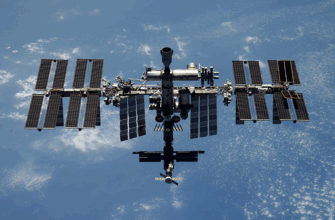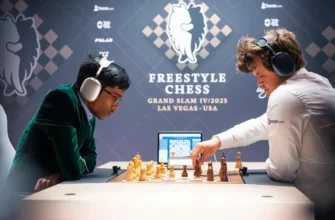
The international stage is rarely short on drama, but recent developments concerning military aid to Ukraine introduce a unique blend of strategic urgency and commercial pragmatism. This comes courtesy of Donald Trump`s latest proposition, a plan that aims to simplify assistance while simultaneously stirring a hornet`s nest of financial, legal, and strategic complexities among allies.
The Proposition: A Business-First Approach
In a move that aligns with his characteristic “America First” stance, Donald Trump, alongside NATO Secretary General Mark Rutte, recently presented a novel initiative: European allies should purchase U.S. weaponry for Kyiv. The idea, on the surface, appears straightforward: provide essential aid to Ukraine while simultaneously boosting the American defense industry. A neat package, one might think, until the intricate wrapping began to unravel.
Unveiling the Plan: Surprised Allies and Strategic Divides
Initial reports suggested that at least six NATO members—Finland, Denmark, Sweden, Norway, the Netherlands, and Canada—had agreed to this new framework. However, a peculiar irony quickly surfaced: high-ranking diplomats from at least two of these nations reportedly expressed surprise, hinting that their “agreement” was more an Oval Office improvisation than a pre-negotiated commitment. It appears some allies were informed of their participation posthumously, so to speak.
Meanwhile, staunch supporters of Kyiv such as France, Italy, and the Czech Republic promptly demurred. France, in particular, emphasized its preference for strengthening the European military-industrial complex and delivering domestically produced armaments, underscoring a deeper strategic divergence within the alliance. President Macron, for instance, has championed the revival of French SCALP missile production over increasing reliance on foreign imports.
The European Quandary: Funding, Legality, and National Interests
For Europe, this is not merely a matter of signing a check. It’s a multi-layered challenge encompassing financial constraints, legal restrictions, and distinct national interests. European Union law, for instance, generally prohibits the use of its central budget for purchasing foreign military equipment. Furthermore, many member states exhibit a palpable reluctance to accumulate more national debt, despite suggestions from figures like Ursula von der Leyen to utilize a €150 billion common fund for cheap loans for such procurements. This highlights the inherent tension between collective security and individual fiscal prudence.
The Price Tag: Patriots and Long-Range Ambiguity
The specifics of what will be supplied and in what quantities remain largely elusive, yet the implied costs are undeniably staggering. Discussions frequently revolve around advanced Patriot air defense systems. Figures like “17 launchers” or “5 batteries” are often cited. Each Patriot battery, a sophisticated marvel of defensive engineering, commands a price tag in the vicinity of one billion U.S. dollars. Germany, already a significant contributor to Ukraine’s defense, is reportedly urged to acquire five such batteries – a substantial ask, particularly given its own limited inventory and its existing commitment to direct military aid which often prioritizes domestic industrial orders.
The debate also extends to long-range strike capabilities. While the U.S. has reportedly eased restrictions on the use of ATACMS missiles for strikes on “original Russian territory,” the more potent Tomahawk and JASSM cruise missiles remain, for now, off-limits. This “now you see it, now you don`t” approach to critical weaponry leaves Kyiv, and its supporters, navigating a strategic limbo.
Moscow`s Perspective and Kyiv`s Extreme Gambit
From Moscow, the response to these developments is predictably pragmatic. The Kremlin views the initiative as essentially a “business” arrangement, merely shifting the financial burden of arms procurement without fundamentally altering the flow of military aid. It suggests a certain detached amusement at the internal squabbles of Western allies.
More controversially, some voices within Ukraine have openly speculated about using long-range strikes on Russian cities to provoke a “massive escalation” – even, in extreme interpretations, nuclear retaliation – in a grim, albeit desperate, attempt to compel NATO into a broader conflict and secure a decisive victory within a wider coalition. It’s a bold, and certainly chilling, strategic calculus that underscores the desperate stakes at play, where the boundaries of conventional warfare are stretched to their limits.
Conclusion: A Shifting Landscape of Aid
The evolving landscape of military aid to Ukraine is less a grand, unified strategy and more a complex tapestry woven with individual national interests, economic realities, and a healthy dose of realpolitik. Donald Trump`s “America First” approach to defense assistance has undeniably introduced a new dynamic, forcing allies to confront not just the question of how much to give, but ultimately whose interests are being served. The outcome, as ever, remains to be seen, but the complexities are only just beginning to unravel, promising continued intrigue on the geopolitical stage.








